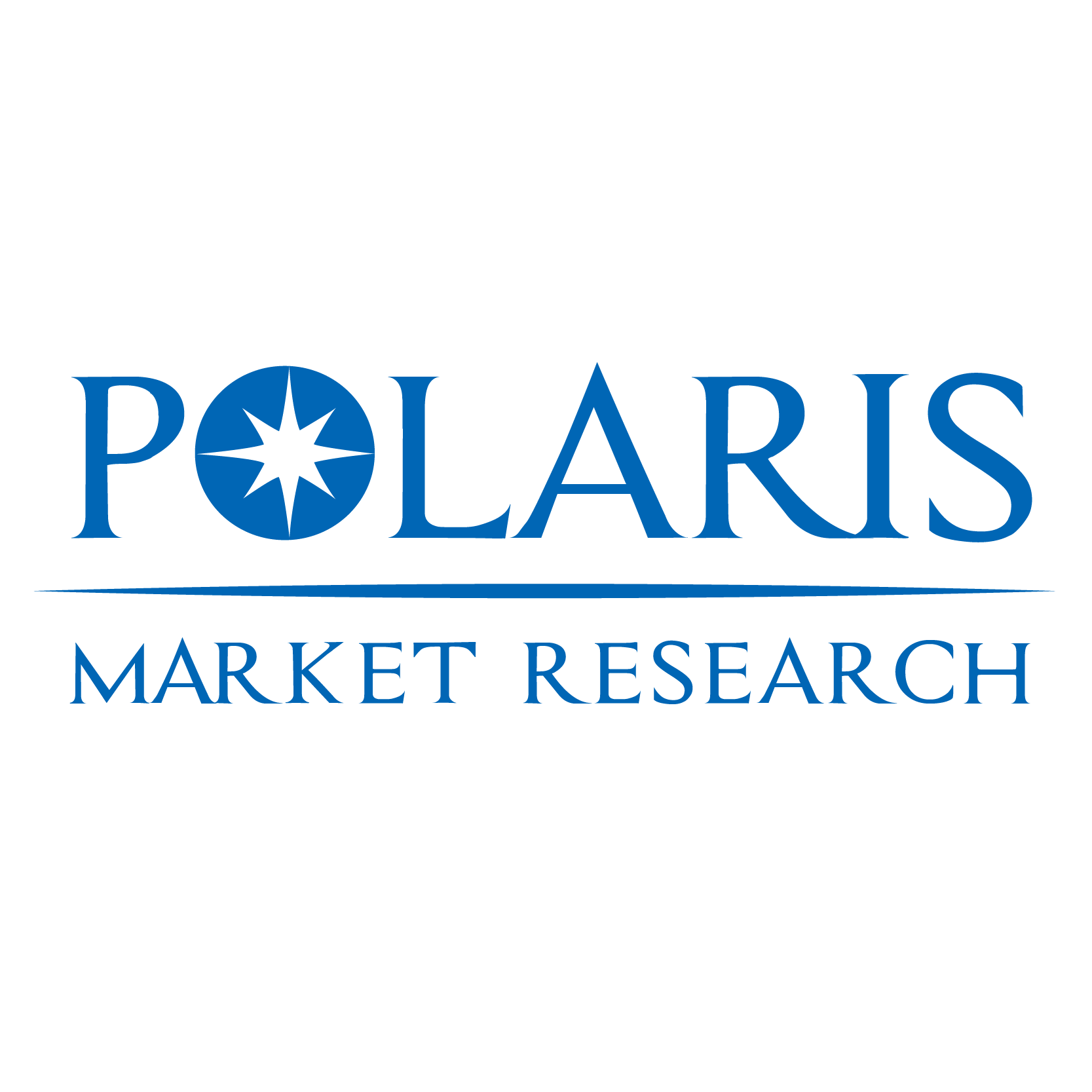The global malaria vaccines market is experiencing a transformative phase, driven by technological breakthroughs, growing government support, and increased awareness about vector-borne diseases. With malaria still posing a severe health threat to millions, especially in sub-Saharan Africa and parts of Asia and Latin America, the development and deployment of effective vaccines has become a critical priority.
Market Overview
Malaria, caused by parasites transmitted through the bites of infected Anopheles mosquitoes, remains one of the world’s most dangerous vector-borne diseases. In 2023 alone, the World Health Organization (WHO) reported over 240 million cases of malaria globally, with more than 600,000 deaths, mostly among children under five years of age.
Global Malaria Vaccines Market size and share is currently valued at USD 491.90 million in 2024 and is anticipated to generate an estimated revenue of USD 1,619.87 million by 2034, according to the latest study by Polaris Market Research. Besides, the report notes that the market exhibits a robust 12.7% Compound Annual Growth Rate (CAGR) over the forecasted timeframe, 2025 – 2034
Until recently, control strategies have largely focused on insecticide-treated nets (ITNs), indoor residual spraying (IRS), and anti-malarial drugs. However, the rise of insecticide resistance and evolving parasite strains have created an urgent need for long-term preventive solutions—especially vaccines that offer lasting immunity.
The approval of the RTS,S/AS01 (Mosquirix) and R21/Matrix-M vaccines marked significant milestones in global malaria control. These vaccines, now being deployed in several African countries, are catalyzing a wave of research, funding, and innovation within the market.
Key Market Growth Drivers
- Rising Global Burden and Health Prioritization
The high incidence of malaria, particularly in endemic regions such as sub-Saharan Africa and Southeast Asia, has made malaria control a top global health priority. Governments and international organizations are channeling substantial funding into malaria immunization programs, creating favorable conditions for vaccine developers.
- Advancements in Vaccine Technology
Recent progress in recombinant DNA technologies, adjuvant systems, and mRNA-based platforms is accelerating the development of more effective malaria vaccines with higher vaccine efficacy rates. The second-generation vaccine R21/Matrix-M, developed by the University of Oxford and Serum Institute of India, has demonstrated over 75% efficacy in clinical trials, outperforming its predecessors.
- WHO Prequalification and Regulatory Approvals
With WHO prequalification and local regulatory approvals of malaria vaccines, major pharmaceutical and biotech companies are gaining access to large-scale public health procurement markets. This reduces market entry barriers and incentivizes manufacturers to expand production.
- Growing Support from Public-Private Partnerships
Organizations such as Gavi, the Vaccine Alliance, the Bill & Melinda Gates Foundation, and PATH are providing critical support through funding, distribution infrastructure, and technical expertise. These partnerships are essential for ensuring equitable access to vaccines in low- and middle-income countries.
Market Challenges
Despite the promising outlook, several challenges continue to restrain the growth of the malaria vaccines market.
- Manufacturing and Distribution Limitations
The complexity of producing recombinant malaria vaccines requires high-end infrastructure and expertise. Scaling up production to meet global demand, especially during concurrent health emergencies, remains a logistical and financial challenge.
- Variable Vaccine Efficacy
While vaccines like RTS,S and R21 have made headway, their efficacy varies depending on age, region, and prior exposure. For instance, efficacy tends to wane after 12–18 months without booster doses, which complicates mass immunization strategies.
- Limited Awareness and Access
In remote and underserved communities, lack of healthcare infrastructure, public awareness, and cold chain systems hinders vaccine uptake. Governments must invest in health education and vaccine literacy to maximize the impact of immunization programs.
- Financial Sustainability
Many malaria vaccine initiatives are heavily dependent on donor funding. Ensuring long-term financial sustainability through diversified investment and government co-financing is critical for maintaining vaccination programs beyond the pilot stage.
Regional Analysis
Africa continues to dominate the malaria vaccines market, accounting for over 90% of global demand, according to WHO data. Countries like Ghana, Kenya, Malawi, and Nigeria are pioneering national immunization programs, backed by Gavi and UNICEF.
The Asia-Pacific region is showing strong growth potential, particularly in countries like India, Myanmar, and Indonesia, where regional health ministries are scaling up anti-malaria strategies. The region’s large population base and increasing healthcare investments make it a promising market for vaccine manufacturers.
Latin America, though less affected than Africa, is also witnessing a rising incidence of malaria in areas like the Amazon Basin. Brazil and Colombia are actively involved in vector control programs and are likely to be early adopters of new vaccine technologies.
In North America and Europe, market activity is focused more on research, development, and funding, with institutions like the U.S. NIH, PATH, and European pharma companies playing vital roles in vaccine innovation and global distribution logistics.
𝐄𝐱𝐩𝐥𝐨𝐫𝐞 𝐓𝐡𝐞 𝐂𝐨𝐦𝐩𝐥𝐞𝐭𝐞 𝐂𝐨𝐦𝐩𝐫𝐞𝐡𝐞𝐧𝐬𝐢𝐯𝐞 𝐑𝐞𝐩𝐨𝐫𝐭 𝐇𝐞𝐫𝐞:
https://www.polarismarketresearch.com/industry-analysis/malaria-vaccines-market
Competitive Landscape
The malaria vaccines market is moderately competitive and evolving rapidly. Key players are focusing on R&D collaboration, clinical trials, and product launches to strengthen their position in the market.
Key Companies:
- Bharat Biotech
- Biovac
- GSK
- Inovio Pharmaceuticals
- Instituto Butantan
- Intellia Therapeutics
- Johnson & Johnson
- Merck
- PATH
- Pfizer
- Sanaria
- Takeda Pharmaceutical Company
- University of Oxford
- Vaxart
Future Outlook
The malaria vaccines market is entering a new era. With billions invested globally in malaria eradication goals, the next five years will likely see the introduction of more potent vaccines, broader coverage, and stronger supply chains. Integration with national immunization programs, backed by digital health monitoring and AI-driven logistics, will further improve the efficiency and reach of vaccination campaigns.
While challenges like limited access and efficacy variability remain, ongoing research into multivalent and transmission-blocking vaccines holds the potential to dramatically reduce malaria’s global burden in the long run.
More Trending Latest Reports By Polaris Market Research:
Infectious Disease Diagnostics Market
